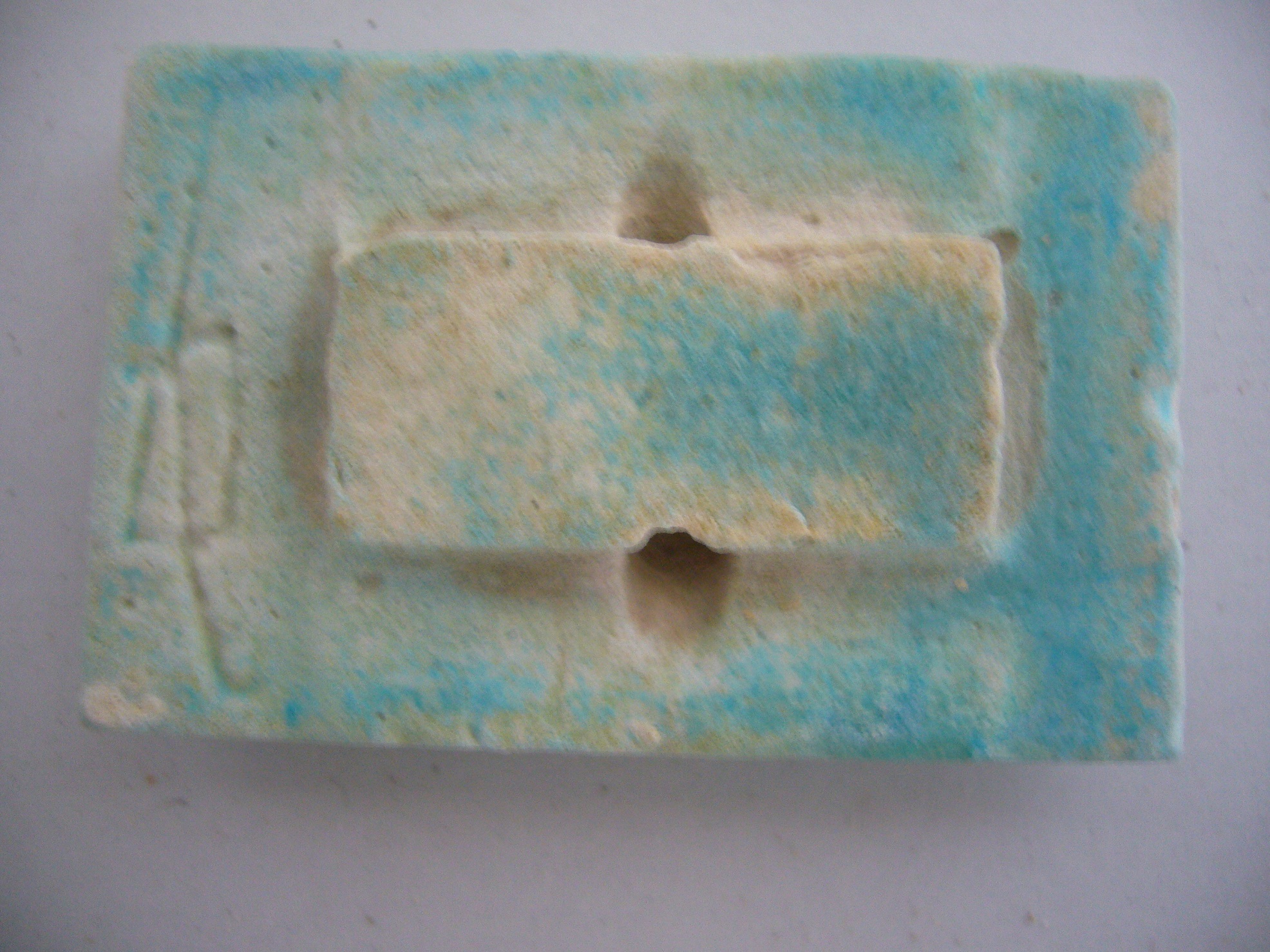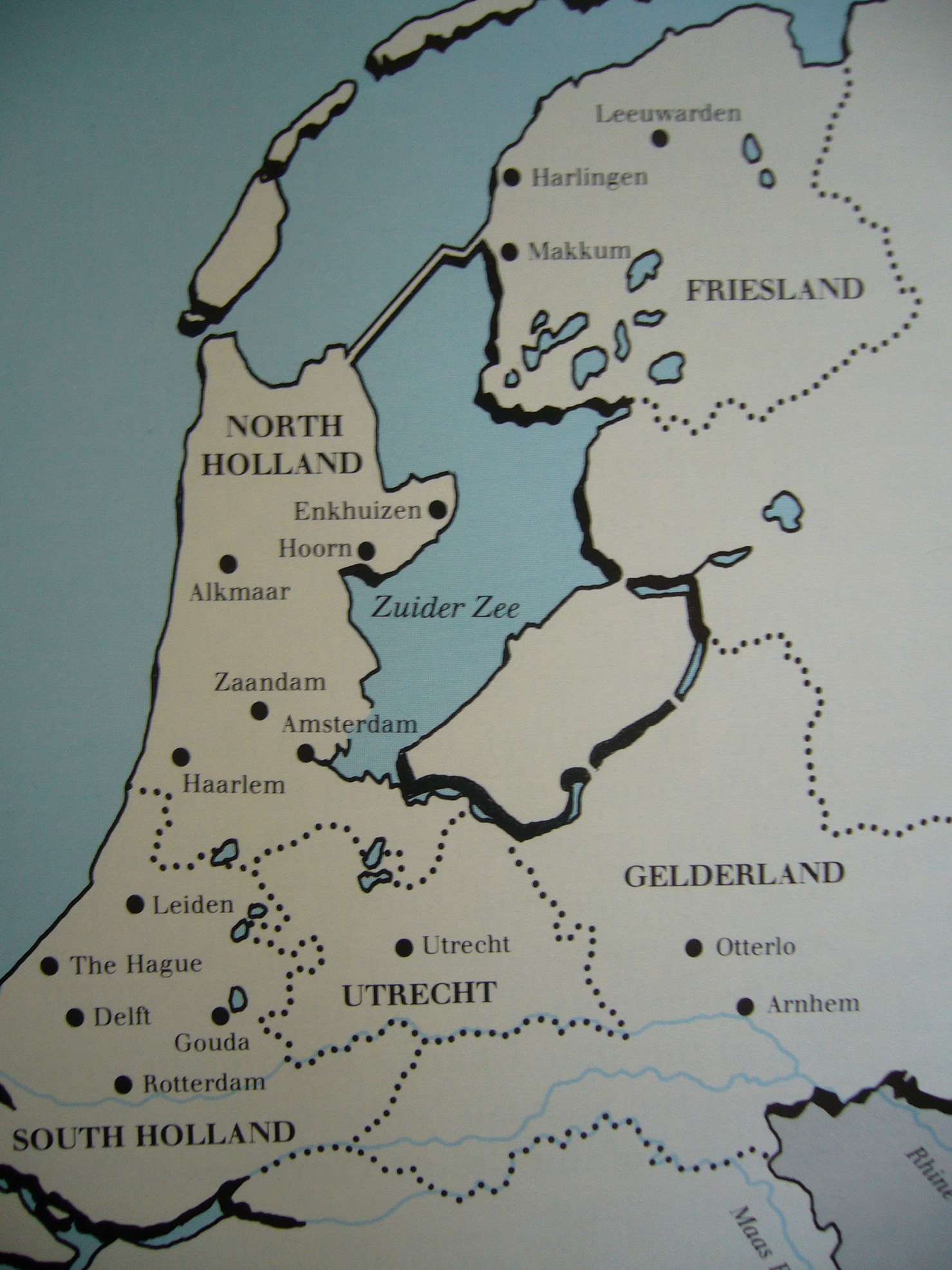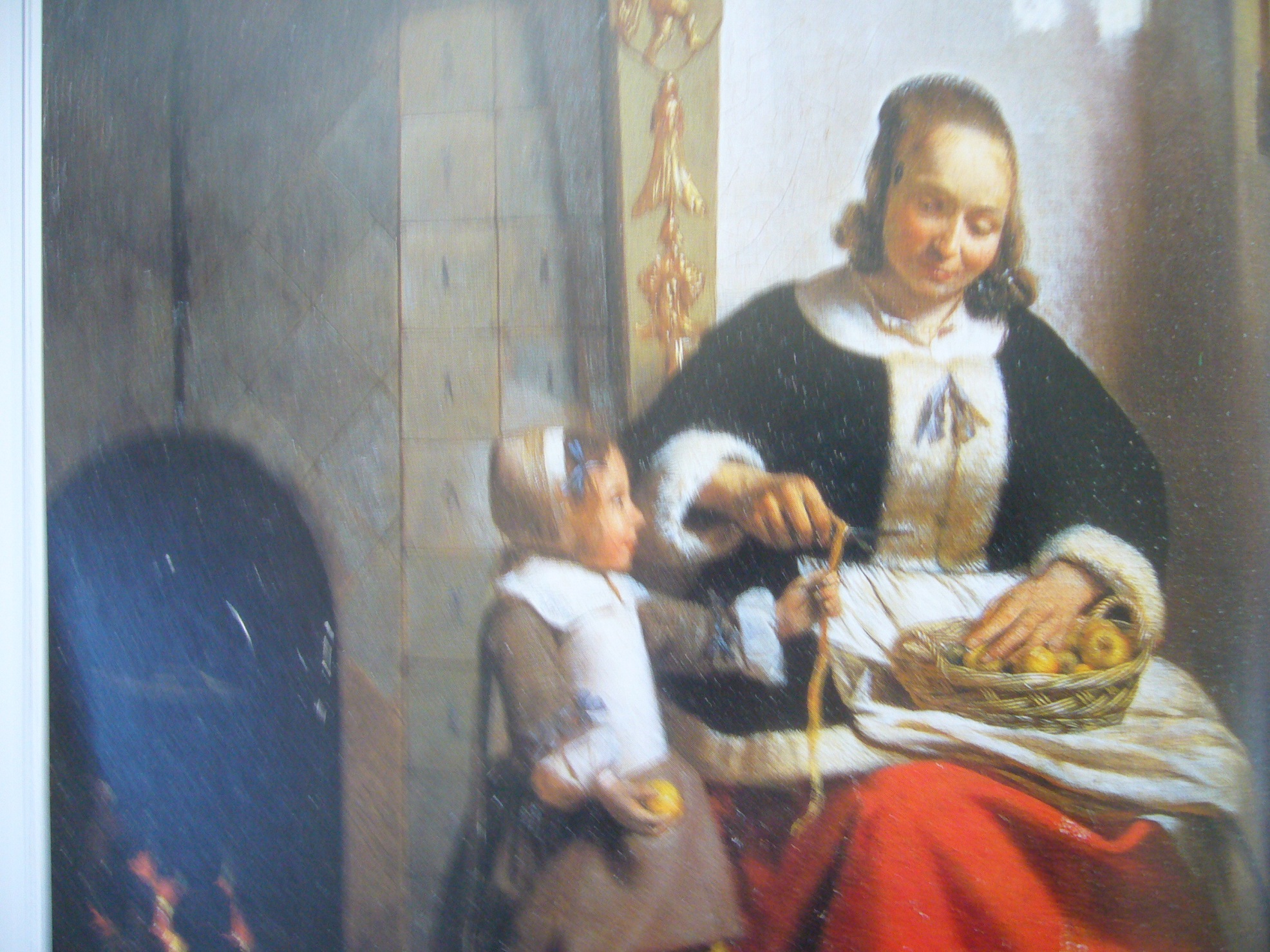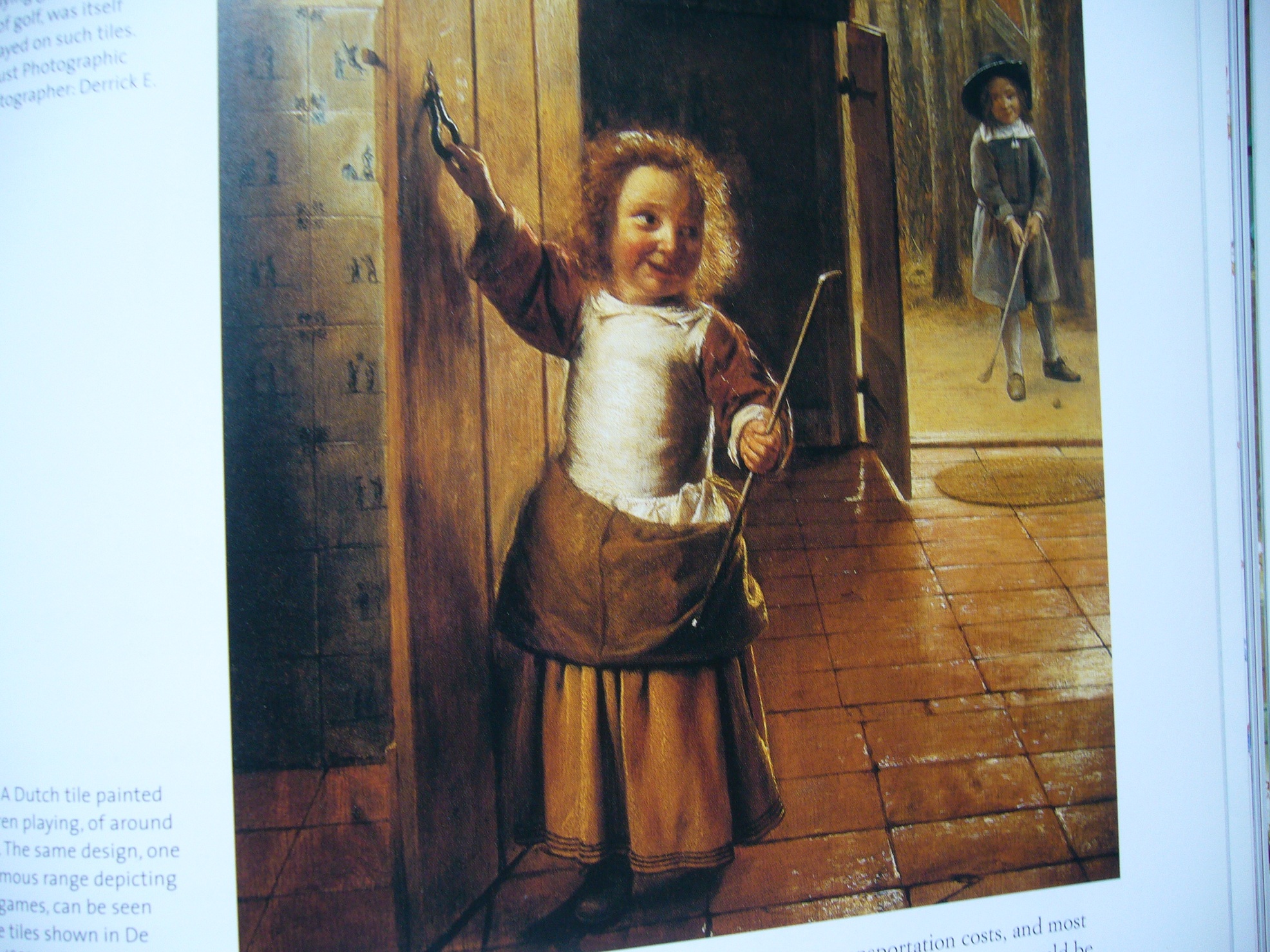The history of tiles goes back to the ancient Egypt. In Egypt tiles had been plastered on the wall of grave room inside Pyramid for the purpose of decoration and in Babylonia of Middle and Near East colored grazed bricks or tiles were utilized for the decoration at palaces and shrines. There are two kinds of tiles: Floor tiles and Wall tiles. Usages of wall tiles were initiated about 9th century in Persia and in 13th century wall tiles became widly used in mosques and palaces under Islam cultures. In Europe floor tiles were often used in Cathedrals and Palaces but wall tiles had not been used until 16th century so much. There are many types of tiles manufactured in Islamic countries.
"Tiles used in Pyramid" "Floor Tile"
A tile manufactured in Netherland is generally called Delft Tile. In 16th Century Netherland was under Spannish reign and a decorative tile manufactured in Spain influenced by Islamic culuture was exported into Antwerp. This is the origin of tile manufacturing in Netherland. As Antwerp was occupied by Spain during Eighty Years War, tile craftsmen moved to Northern Netherland or England. Thus tile manufacturing was spread all over Netherland. Delft is one of cities where tiles were manufactured. Other cities produced tiles include Rotterdam, Harlingen, Makkum, Amsterdam, Utrecht, Gouda and so on. Therefore it might be better to refer Delft Tile as Dutch Tile, however it is usually called Delft Tile as the color of blue with Delft Tile is referred "Delft Blue".
Today tiles are sometimes used in a bathroom. In Netherland tiles were used as building material. In 1581 Dutch people won a victory over Spain with Eighty Year War then became independent against Spain. Since then Netherland developed rapidly as marine nation. Their residential houses were getting bigger and building material were changed from wood to stone. As residential houses were built on or near by water front, it was important to protect houses from water or humidity. Further as a room became larger, needs of indoor decoration were risen. Eventually tiles were initiated to be utilized as wall tiles although tiles had been used as floor tile so far. You can see how tiles were used in a room if you look at the picture of Johannes Vermeer's masterpiece "the Milkmaid" and "Lady Writing a Letter with Her Maid" or other Dutch pictures in 17th century.
Tiles started to be used in a farmhouse in second half of 17th century. People in farmland were rather conservative and they loved polychrome tiles instead of a blue and white tile that was influenced by the imported China porcelain and became popular in urban city. Thus tile manufacturing grew up as a primary industry in Netherland and a tile was exported to countries such as Germany, Denmark and other neighbouring countries. In 18th century a tile production reached at its peak. The export of tiles helped with a ship as ballast since a ship left a port toward trading countries without load. However, Dutch tile industry was beaten by the British tile industry due to its high production cost. Also tiles became not important as building material after wall paper began to be used. Eventually Dutch tile industry declined gradually. Today Delft Tiles are manufactured mainly as suvenior in Delft, Makkum and so on.
Delft Tiles made in England are called English Delft. A tile crafstman who moved to England from Netherland during Eighty Year War manufactured Delft Tiles at Bristol in London or Liverpool and in 1700s tiles manufacturing was industrialized. Although the design and manufacturing method of English Delft were almost same as Dutch Tiles, the color of blue of English Delft is a bit stronger than Dutch due to the difference of grazes. After mid 17th century English Delft differenciated itself with design and color against Dutch Delft. In particular, John Sadler developed copper transfer-printing and also new design such as portrate of actor and Aesop Fables were painted. A manufacturing cost of English Delft was much lower than Dutch Delft so it won the competion with Dutch. However, in 19th century English Delft was beaten against the Victorian tiles that were manufactured by Minton, Wedgwood or Maw etc. ,and declined.
In a second half of 17th century,the tile with Delft style was manufactured in surrounding countries such as France, Germany, Denmark etc. and its decor and color is very similar to Delft Tile.
If you click a phote, it will be enlarged.





